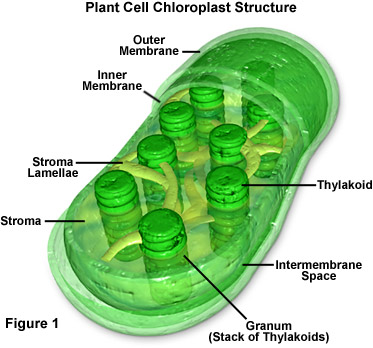There is a
molecule, let’s call him Fred. Fred could not be created or destroyed. Fred was
a carbon molecule and was very important as a vital part in every organism’s
body and can be in many states in the abiotic world.
Well Fred one
day realized that he could not move as if he was solid, suddenly he felt very
hot like he was being burned then he was free. He could go anywhere he wanted now;
he was part of the air, he was in Co2, a gas with two oxygen molecules. He
enjoyed being able to fly around and liked being a gas.
A plant then
absorbed Fred and he is put into the Calvin Cycle of photosynthesis and came
out as part of C6H12O6 as a solid with a lot of hydrogen and a bunch of oxygen.
Soon after, he is transferred to Glycolysis (in Cellular Respiration) inside
the plant. After going through a very strange process with a lot of moving he
is put into some pyruvate. The pyruvate is transferred to the Krebs cycle as acetyl
co a. He is kicked out of Krebs cycle as CO2 and leaves the plant.
Glad to be out of the plant, Fred is suddenly
absorbed into the next plant over. He goes through photosynthesis again. He
again teams up with the hydrogen and oxygen, but before he is transferred to cellular
respiration the plant is eaten by a human. And Fred goes with it!
After entering the human’s body the plant is broken
up. Fred finds himself in an odd structure though all surrounded by many other
different molecules. Fred is in a cell in the palm of the human’s hand going
once again through cellular respiration! He decided he would like to stay here
for a while but what freed doesn’t know is that he will not be here for too
long before he goes through the cycle again!
